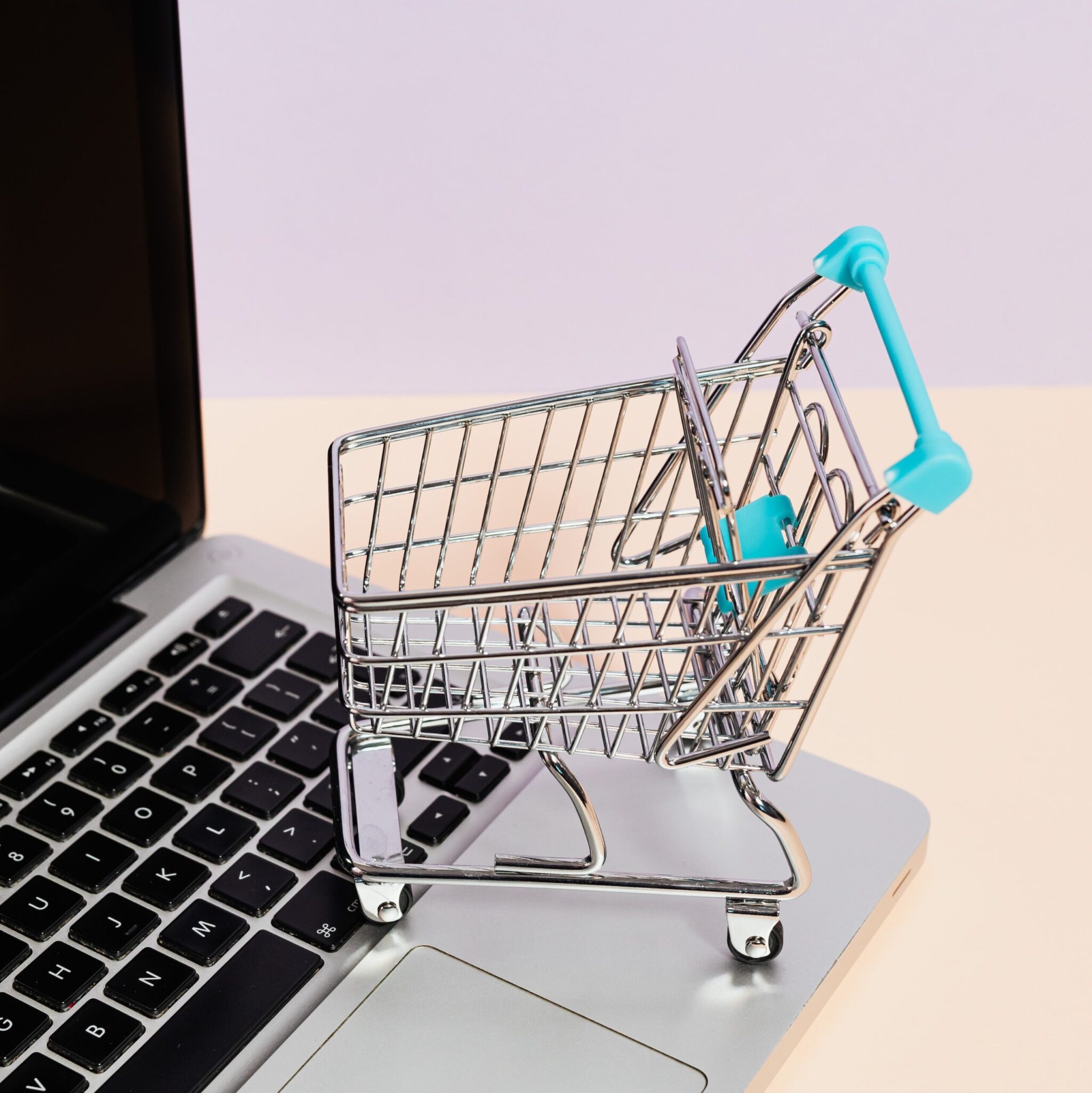Can ecommerce be profitable? How does ecommerce affect my retail store? Why is ecommerce the future? Let’s see how online retailers need to adapt to stay relevant in 2023.
In recent years, ecommerce has become an increasingly popular way for consumers to shop, with the convenience and accessibility of online shopping attracting more and more people. The global COVID-19 pandemic has accelerated this trend, with many consumers forced to shift their shopping habits from traditional brick-and-mortar stores to online retailers.
Competitive advantages for today & tomorrow’s business owners
Speed, convenience, low prices, and social media presence
In 2023, customers will demand a seamless, speedy, and cost-effective ecommerce experience. Online retailers that can offer competitive pricing and lightning-fast delivery will be at an advantage. Additionally, having a strong social media presence will be crucial for attracting new customers and retaining loyal ones.
Good social media experience = higher chance of purchases
Retailers that can create a seamless and engaging social media experience will be more likely to convert followers into customers. The ability to easily share and purchase products directly from social media platforms will also become increasingly important.
Digital advancements: the metaverse, AR and VR
With the rise of the metaverse and advancements in augmented and virtual reality technology, ecommerce in 2023 will become an even more immersive and interactive experience. Online retailers that can effectively leverage these digital tools will be able to create engaging and memorable shopping experiences for their customers.
Connected TV advertising
As the use of streaming services and connected TV continues to grow, ecommerce retailers in 2023 will need to focus on creating targeted and effective advertising campaigns that can capture the attention of these audiences e.g on Netflix’s ads and YouTube TV. This way, retailers can reach customers directly in their living rooms.
Sustainability packaging & initiatives
Customers are increasingly concerned about the environmental impact of their purchases, and retailers that can demonstrate a commitment to sustainability will be more likely to win over environmentally conscious consumers. From eco-friendly packaging to carbon-neutral delivery options, ecommerce retailers will need to prioritize sustainability in order to stay relevant in the years ahead.
Automation
Automations powered by AI and machine learning will continue to transform the ecommerce landscape in 2023. Ecommerce retailers that can effectively leverage automation to optimize their operations and provide a more personalized shopping experience will be at a competitive advantage.
How to use these trends to grow your customers’ loyalty
Instant messaging
One way to keep customers loyal is by offering instant messaging support. By allowing customers to communicate with your business in real-time, you can provide a higher level of customer service and help to resolve any issues or answer questions more quickly. Consider using messaging apps like WhatsApp, Telegram, Facebook Messenger, or Apple Business Chat to connect with your customers.
AI & chatbots for instant support
Artificial intelligence and chatbots can be used to provide customers with instant support and assistance, 24/7. Chatbots can answer common questions and help customers navigate the shopping process, while AI can be used to provide more personalized recommendations based on a customer’s shopping history. Platforms like Tars and ManyChat offer chatbot creation tools, while companies like Klevu offer AI-powered product recommendations.
Personalized messaging
Personalization is another effective way to keep customers coming back. By using data and analytics to tailor the shopping experience to individual customers, you can make them feel valued and appreciated. Some examples of personalization tools include email marketing platforms like Klaviyo and Mailchimp, and product recommendation engines like Nosto.
Integrated shopping
Another way to keep customers loyal is by offering integrated shopping experiences across different platforms. This means ensuring that customers can easily purchase your products on your website, social media channels, or even through voice assistants like Amazon Alexa. Shopify and BigCommerce are examples of ecommerce platforms that offer integrated shopping experiences.
AR & VR for immersive experiences
Finally, offering augmented reality (AR) and virtual reality (VR) experiences can help to provide customers with immersive shopping experiences that keep them engaged and interested in your products. For example, furniture retailers can use AR to allow customers to visualize how a piece of furniture would look in their home, while fashion retailers can use VR to offer virtual try-ons. Platforms like Vertebrae offer AR and VR shopping experiences for ecommerce businesses.
**
In conclusion, it seems likely that ecommerce will continue to grow in the coming years as more consumers embrace the convenience and accessibility of online shopping. However, there may also be challenges and limitations that must be addressed, such as concerns around privacy and security, environmental impact, and the impact on traditional retailers. Ultimately, the future of ecommerce will depend on a complex interplay of technological, economic, and social factors, and it will be interesting to see how these forces continue to shape the way we shop and interact with the retail landscape.
Further reading
- 🔗 Shopify — Top Ecommerce Trends 2023 + Must-Try Tips
- 🔗 Oberlo — The Future of Ecommerce: How Ecommerce Will Change in 2023











